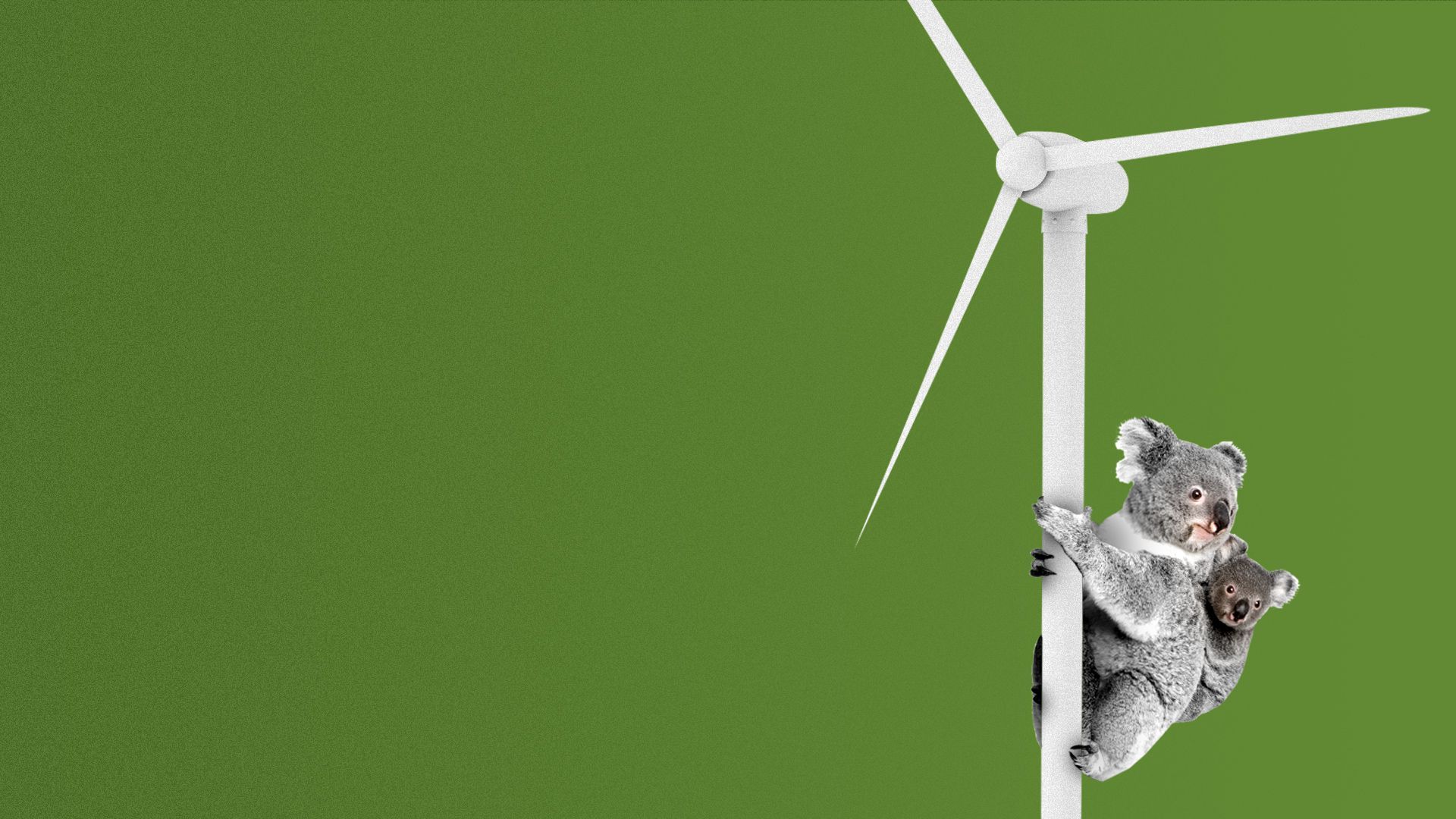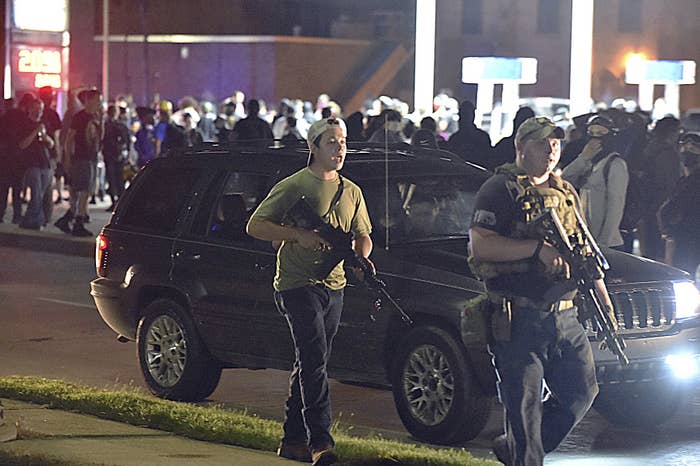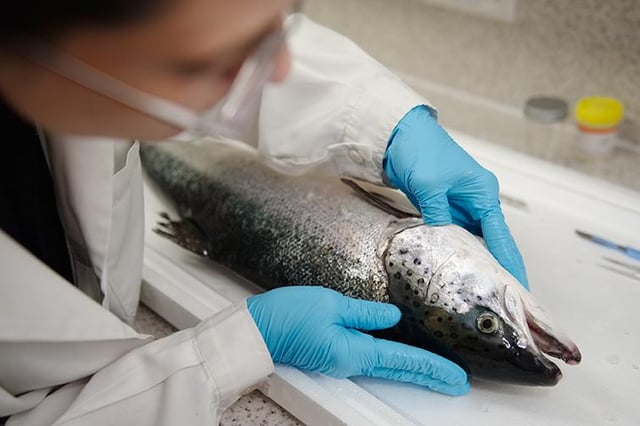Trump Spread Multiple Conspiracy Theories on Monday. Here Are Their Roots.
Davey Alba and Ben Decker,
The New York Times•September 2, 2020

In a wide-ranging interview with Fox News host Laura Ingraham on Monday night, President Donald Trump spread multiple conspiracy theories about the protests that have erupted across the nation. Many of his unfounded claims can be traced back to narratives that have been swirling online for months.
Here are three of the baseless conspiracy theories that Trump spread and where they came from.
A plane ‘loaded with thugs’ headed to the Republican convention.
During the interview with Ingraham, Trump claimed that “we had somebody get on a plane from a certain city this weekend, and in the plane it was almost completely loaded with thugs, wearing these dark uniforms, black uniforms, with gear and this and that.”- ADVERTISEMENT -
Trump then alleged that the people were headed to Washington, D.C., to disrupt the Republican National Convention.
There is no evidence of a flight matching Trump’s description. But the claim is similar to a baseless allegation that appeared online as early as June, when a wave of cities and towns became alarmed by unsubstantiated rumors that the loose collective of anti-fascist activists known as antifa was being sent into their communities to disrupt the peace.
On June 1, a man from Emmett, Idaho, posted on Facebook: “Be ready for attacks downtown and residential areas. At least a dozen males got off the plane in Boise from Seattle, dressed head to toe in black.” He claimed, “One had a tattoo that said ‘Antifa America’ on his arm.” The post was shared nearly 4,000 times.
That same day, the local sheriff’s office posted that there was no merit to the rumor. “The Payette County Sheriff’s Office has not had contact with and has not verified that antifa is in Payette County,” it said. “The Payette County Sheriff’s Office has not given any specific warnings to our citizens about antifa or other organizations.” It was shared only 716 times on Facebook.
The idea resurfaced prominently again last week when Sen. Rand Paul, R-Ky., spoke about protesters who confronted him at the Republican convention.
“You just think, ‘Oh, these are some normal hoodlums from a big city.’ I promise you that at least some of the members and the people who attacked us were not from D.C.,” Paul said, according to Politico. “They flew here on a plane. They’ve all got fresh, new clothes.”
Paul did not offer any evidence to support this assertion.
Some ‘very stupid rich people’ are bankrolling racial justice protests across the U.S.
In the same Fox News interview, Trump said he believed “some very stupid rich people” had been financing the racial justice protests that took place in Washington last week and around the country in recent months.
The unsupported idea echoes claims spread online for months that George Soros, the billionaire investor and Democratic donor, was funding protests against police brutality.
Soros has for years been cast as an anti-conservative villain by a loose network of activists and political figures on the right and has become a convenient boogeyman for many different conspiracies, including that he “owns” antifa and Black Lives Matter groups.
Open Society Foundations, a philanthropic organization that Soros founded, has donated to Black Lives Matter in the past. But so have many other public figures, including Jay-Z, Beyoncé and Prince, just weeks before he died.
The false notion that a shadowy cabal of Democratic elites like Soros pulls strings behind the scenes and controls the world with money is a main pillar of the far-right extremist conspiracy theory QAnon.
‘People that you haven’t heard of’ are controlling Joe Biden
This rumor, too, is a pillar of the baseless internet conspiracy QAnon. The theory states, falsely, that the world is run by a group of Satan-worshipping pedophiles that is plotting against Trump while operating a global child sex-trafficking ring.
QAnon followers, who number in the millions, believe that this clique includes top Democrats like Soros, Hillary Clinton and Barack Obama. And they believe that real and actual political power resides not with public candidates like Joe Biden but with these individuals exercising their secret power beyond any immediately visible public link.
Since the start of the pandemic, as people in lockdown turned to the internet for entertainment, membership in 10 large Facebook QAnon groups grew more than 600%, a recent article by The Wall Street Journal said. This year, QAnon has been a main faction fueling false information about COVID-19, the Black Lives Matter protests and the 2020 election. Followers have also attached themselves to anti-vaccine and anti-child-trafficking movements, helping expand their ranks.
This article originally appeared in The New York Times.
© 2020 The New York Times Company
































 A research programme being led by the University of the West of Scotland and backed by a number of industry players is working on a monitoring system to help seafood producers identify health concerns and take pre-emptive action.
A research programme being led by the University of the West of Scotland and backed by a number of industry players is working on a monitoring system to help seafood producers identify health concerns and take pre-emptive action.